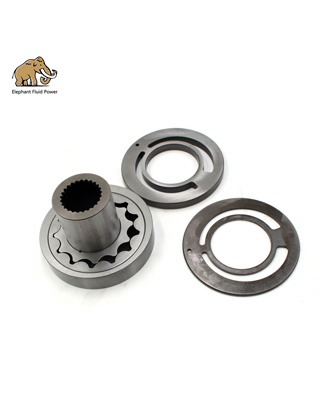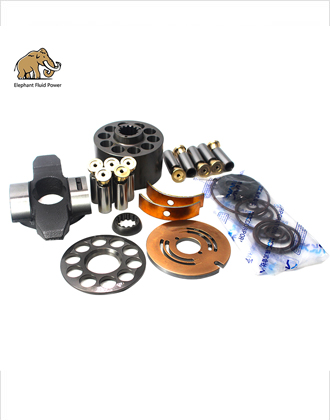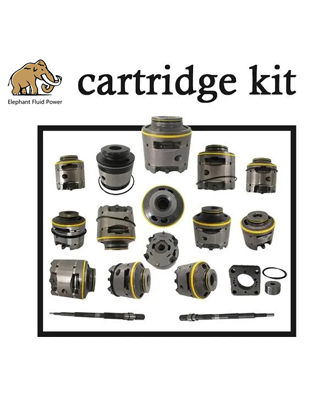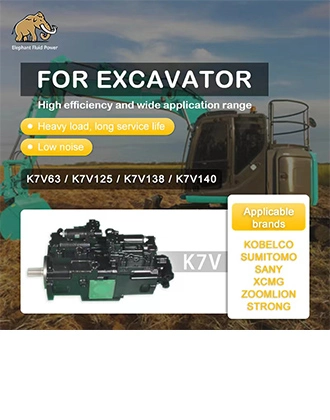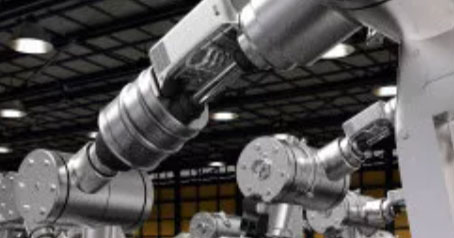Directional valves are the linchpins of hydraulic systems, controlling the flow of hydraulic fluid and dictating the movement of actuators. Maintaining these valves and promptly addressing any issues that arise are crucial for ensuring the smooth operation and longevity of hydraulic systems. In this comprehensive guide, we'll discuss essential maintenance practices and troubleshoot common problems associated with directional valves.
Regular Maintenance for Longevity
To ensure the proper functioning and durability of directional valves, regular maintenance is paramount. Here's what you should keep in mind. Regularly inspect directional valves for any signs of leaks. Leaks can occur around connections, seals, or other vulnerable points. Addressing leaks promptly is vital to prevent fluid loss, maintain system integrity, and prevent potential damage to other components within the hydraulic system. A clean environment is essential for the optimal performance of directional valves. Dust, debris, and contaminants can infiltrate the valves and hinder their functionality. Regular cleaning of the area surrounding the valves helps prevent contamination-related issues and extends the overall lifespan of the valve.
Valve Actuation Issues and Troubleshooting
Efficient troubleshooting of valve actuation issues is key to maintaining the seamless operation of hydraulic systems. If hydraulic actuators exhibit slow response times or fail to complete their movements, it could indicate various underlying problems. These include valve blockages, insufficient pressure, or internal wear within the valve. Regular inspection and cleaning of valve components are critical to ensure smooth and efficient operation. Pay close attention to the valve spool, as it can accumulate debris over time, affecting its movement. Erratic or unsteady movement of hydraulic actuators can be a result of several factors, including a sticking valve spool or contamination affecting the valve's function. To address this, it's essential to thoroughly clean and inspect all valve components. Ensure that the valve spool moves freely within its housing and that no debris or particles are obstructing its movement.
Noise and Vibration Troubleshooting
Unusual noises and excessive vibrations during valve actuation are signs that further investigation is required. Unusual noises occurring during valve actuation can be indicative of air trapped within the hydraulic system, loose connections, or internal valve problems. To address this, inspect the hydraulic system for air pockets, ensuring they are bled properly. Additionally, verify that all connections are tightly secured and free from any potential sources of vibration. Excessive vibration within the hydraulic system may be due to imbalanced pressure, misaligned valve components, or other mechanical irregularities. To mitigate vibrations, check the pressure balance within the system and ensure that all valve components are properly aligned and secured. If the vibrations persist, consider conducting a thorough inspection of the entire hydraulic system to identify and rectify any underlying issues.
Maintenance Practices for Continued Performance
Proactive maintenance practices are essential for the continued optimal performance of directional valves. Regularly clean valve components to prevent the accumulation of debris and contaminants. Additionally, ensure that all moving parts, including the valve spool, are adequately lubricated according to the manufacturer's recommendations. Proper lubrication minimizes friction and wear, enhancing the valve's longevity and ensuring smooth operation. Routinely inspect seals and gaskets for signs of wear, damage, or deterioration. Worn seals can compromise the integrity of the hydraulic system, leading to leaks and reduced performance. Promptly replace any worn or damaged seals to maintain proper sealing and prevent potential issues down the line.
In conclusion, maintaining and troubleshooting directional valves within hydraulic systems is crucial for sustaining efficient operation and extending the lifespan of hydraulic machinery and equipment. By adhering to regular maintenance practices, promptly addressing issues, and implementing effective troubleshooting techniques, you can ensure that your hydraulic system remains reliable and functional for years to come.
 French
French
 Portuguese
Portuguese
 Russian
Russian
 German
German
 Spanish
Spanish
 Japanese
Japanese
 Korean
Korean
 Irish
Irish
 Greek
Greek
 Turkish
Turkish
 Italian
Italian
 Danish
Danish
 Romanian
Romanian
 Indonesian
Indonesian
 Czech
Czech
 Afrikaans
Afrikaans
 Swedish
Swedish
 Polish
Polish
 Basque
Basque
 Catalan
Catalan
 Esperanto
Esperanto
 Hindi
Hindi
 Lao
Lao
 Albanian
Albanian
 Amharic
Amharic
 Armenian
Armenian
 Azerbaijani
Azerbaijani
 Belarusian
Belarusian
 Bengali
Bengali
 Bosnian
Bosnian
 Bulgarian
Bulgarian
 Cebuano
Cebuano
 Chichewa
Chichewa
 Corsican
Corsican
 Croatian
Croatian
 Dutch
Dutch
 Estonian
Estonian
 Filipino
Filipino
 Finnish
Finnish
 Frisian
Frisian
 Galician
Galician
 Georgian
Georgian
 Gujarati
Gujarati
 Haitian
Haitian
 Hausa
Hausa
 Hawaiian
Hawaiian
 Hebrew
Hebrew
 Hmong
Hmong
 Hungarian
Hungarian
 Icelandic
Icelandic
 Igbo
Igbo
 Javanese
Javanese
 Kannada
Kannada
 Kazakh
Kazakh
 Khmer
Khmer
 Kurdish
Kurdish
 Kyrgyz
Kyrgyz
 Latin
Latin
 Latvian
Latvian
 Lithuanian
Lithuanian
 Luxembourg
Luxembourg
 Macedoniar
Macedoniar
 Malagasy
Malagasy
 Malay
Malay
 Malayalam
Malayalam
 Maltese
Maltese
 Maori
Maori
 Marathi
Marathi
 Mongolian
Mongolian
 Burmese
Burmese
 Nepali
Nepali
 Norwegian
Norwegian
 Pashto
Pashto
 Persian
Persian
 Punjabi
Punjabi
 Serbian
Serbian
 Sesotho
Sesotho
 Sinhala
Sinhala
 Slovak
Slovak
 Slovenian
Slovenian
 Somali
Somali
 Samoan
Samoan
 Scots Gaelic
Scots Gaelic
 Shona
Shona
 Sindhi
Sindhi
 Sundanese
Sundanese
 Swahili
Swahili
 Tajik
Tajik
 Tamil
Tamil
 Telugu
Telugu
 Thai
Thai
 Ukrainian
Ukrainian
 Urdu
Urdu
 Uzbek
Uzbek
 Vietnamese
Vietnamese
 Welsh
Welsh
 Xhosa
Xhosa
 Yiddish
Yiddish
 Yoruba
Yoruba
 Zulu
Zulu

